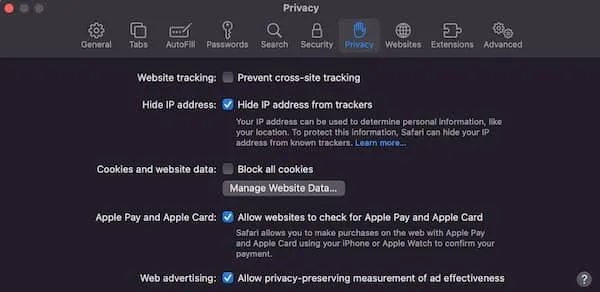Neurofeedback FAQ
Curious about the science behind neurofeedback? Wondering how it can help you? Explore our FAQ page to learn more about this innovative approach to brain optimization.
1. How does neurofeedback work?
Visit What is Neurofeedback page to learn more.
2. What is the goal of neurofeedback?
The goal of neurofeedback is to allow you to regulate your brainwave activity more effectively, leading to improvements in mental clarity, attention, thoughts, feelings, behavior, and overall mental and physical performance.
3. What are the side effects of neurofeedback?
As neurofeedback is a non-invasive treatment modality, it produces few, if any, negative side effects. Some reported effects during or after sessions have included headaches, fatigue, dizziness, anxiousness, distractibility, and, in rare cases, depersonalization; typically, due to pre-existing mental health conditions. Working with a qualified provider will help ensure any side effects will be minimal, and most providers are able to provide immediate relief of these effects through modification of neurofeedback protocols or other treatment modalities.
4. How many sessions of neurofeedback will I need?
Typical treatment regimens range from 20-40 sessions, although this number can be lower or higher depending on the provider’s approach to care and the condition/s being treated. Whereas many providers offer complementary modalities that enhance the effectiveness of neurofeedback often leading to a reduced number of sessions, some chronic health conditions may require a longer duration of treatment.
5. How long will it take to notice the benefits of neurofeedback?
Many report positive benefits after just one session of neurofeedback, whereas others with more complicated histories may not notice signs of improvement until after a few sessions. Working with your provider to determine the effectiveness of your neurofeedback protocol/s is important to ensure benefits are realized more rapidly.
6. What can I expect during a neurofeedback session? After a session?
After preparation of the scalp with light cleansers and abrading gels, your provider, and/or technician, will apply electrodes or sensors to your head either embedded in a cap, or with single wire sensors. You will then be placed into an upright chair or recliner and relaxation methods (e.g. breathing exercises) will often be employed to aid in the relaxation process. The provider or technician will be at a computer assessing your brainwave recordings and begin the protocol. Sounds and/or visual stimulation in the form of lights, movies, or games will let you know when your brain is achieving more desirable states of function. Your provider/technician will often be there to ensure you are progressing favorably and can adjust any of the above if there is any level of discomfort or anxiety. After a session when the sensors are removed, you will likely experience a more peaceful or relaxed state of mind. You may also feel more alert and focused.
7. How long are neurofeedback sessions and what is the frequency of my treatment?
Neurofeedback sessions can be as short as one minute, and they can last an hour or more. Much is dependent on the condition/s being treated and the state of the individual receiving treatment (e.g. a child with severe ADHD typically requires shorter sessions, whereas a peak performer will often tolerate much longer sessions). Your provider will determine what is most appropriate for your needs, abilities, and goals.
8. How do I know if my provider is qualified to treat my condition?
With more and more health care providers implementing neurofeedback into their clinical practices, it is more important than ever to seek a provider that is qualified to meet your needs. ISNR is committed to providing current information on its provider membership and you may search for a provider here. The Biofeedback Certification International Alliance is a valuable resource to locate providers board certified in various disciplines related to neurofeedback to help meet your needs and can be found here
9. Do improvements last, or do I need to continue with neurofeedback after I reach my goals?
Once you and your provider have concluded that your treatment goals are met, you will discuss potential discharge from care, some degree of maintenance care, and/or at-home strategies to continue the progress. Much depends on the severity and chronicity of your condition/s and your response to care.

